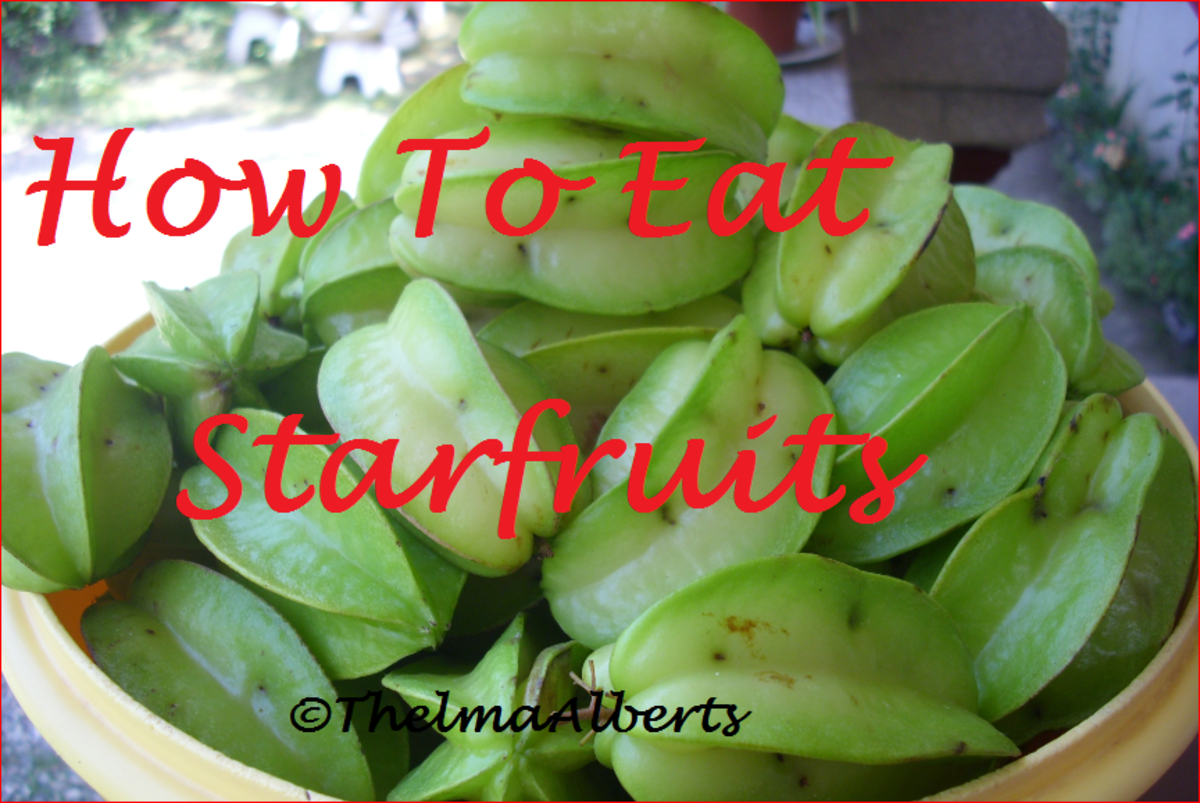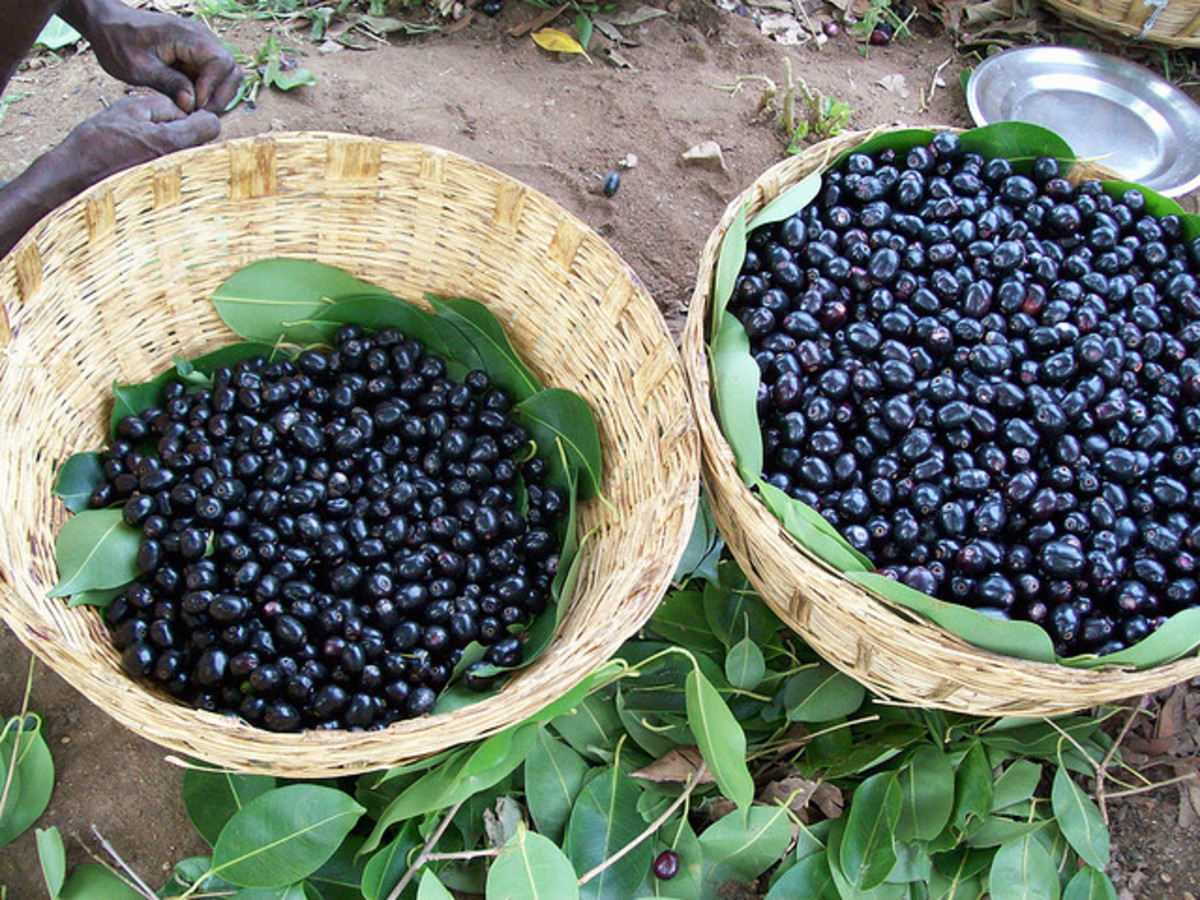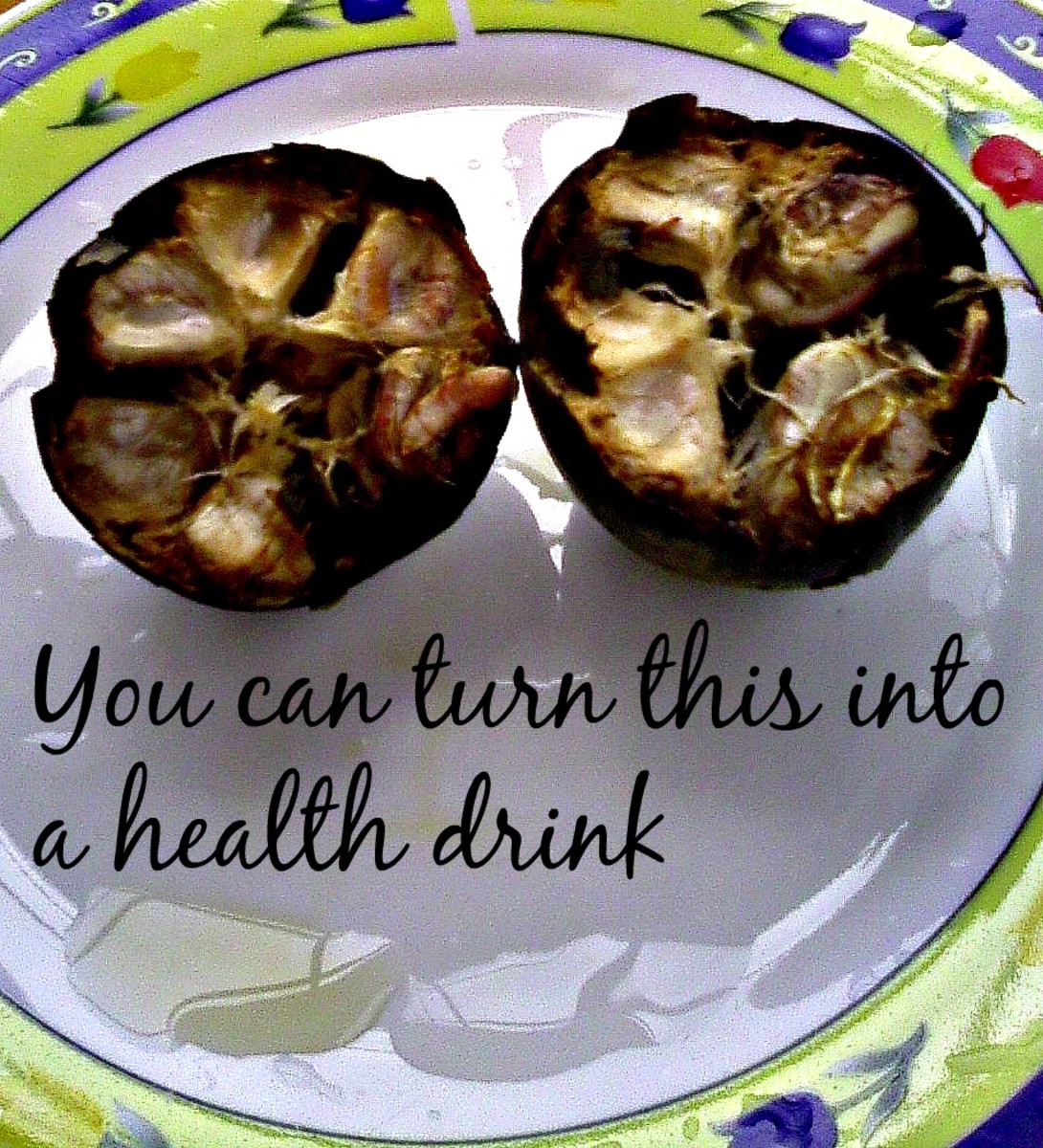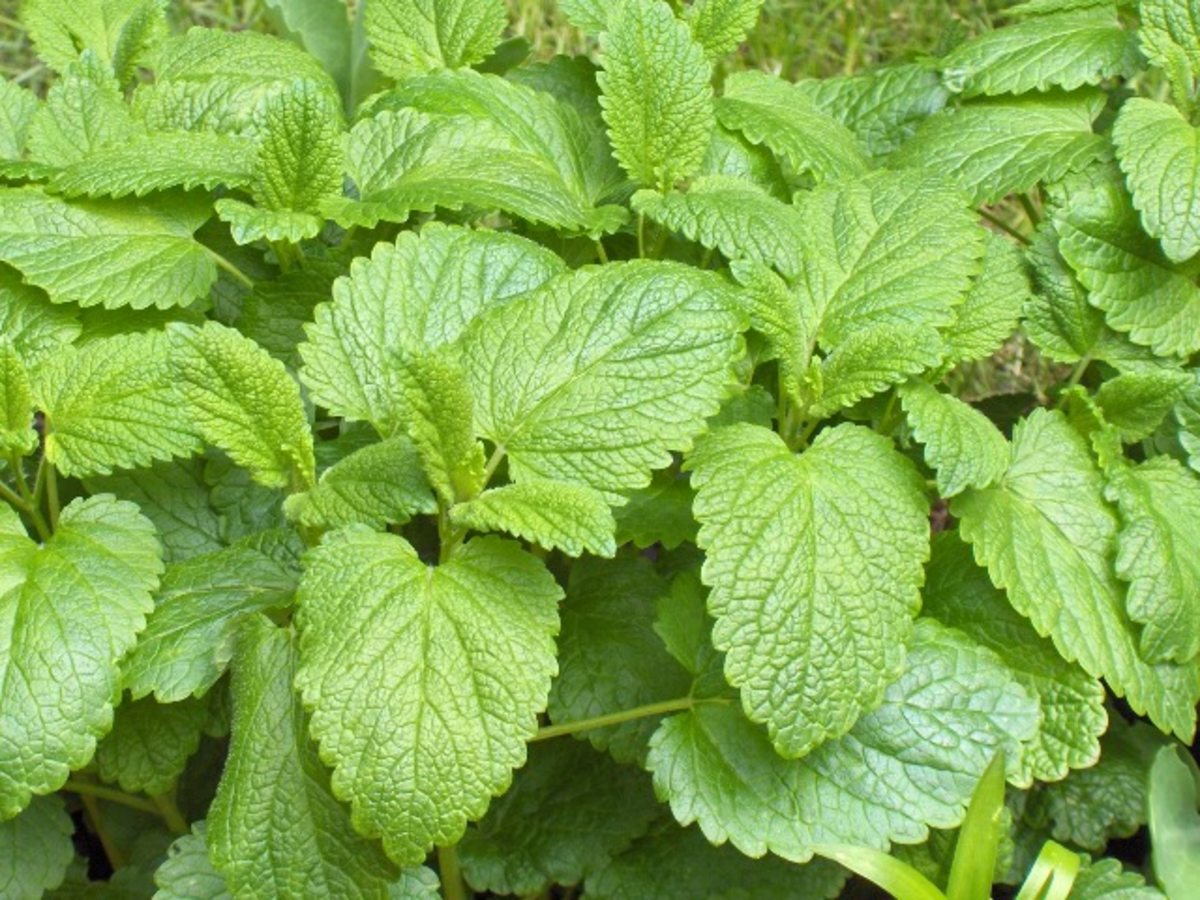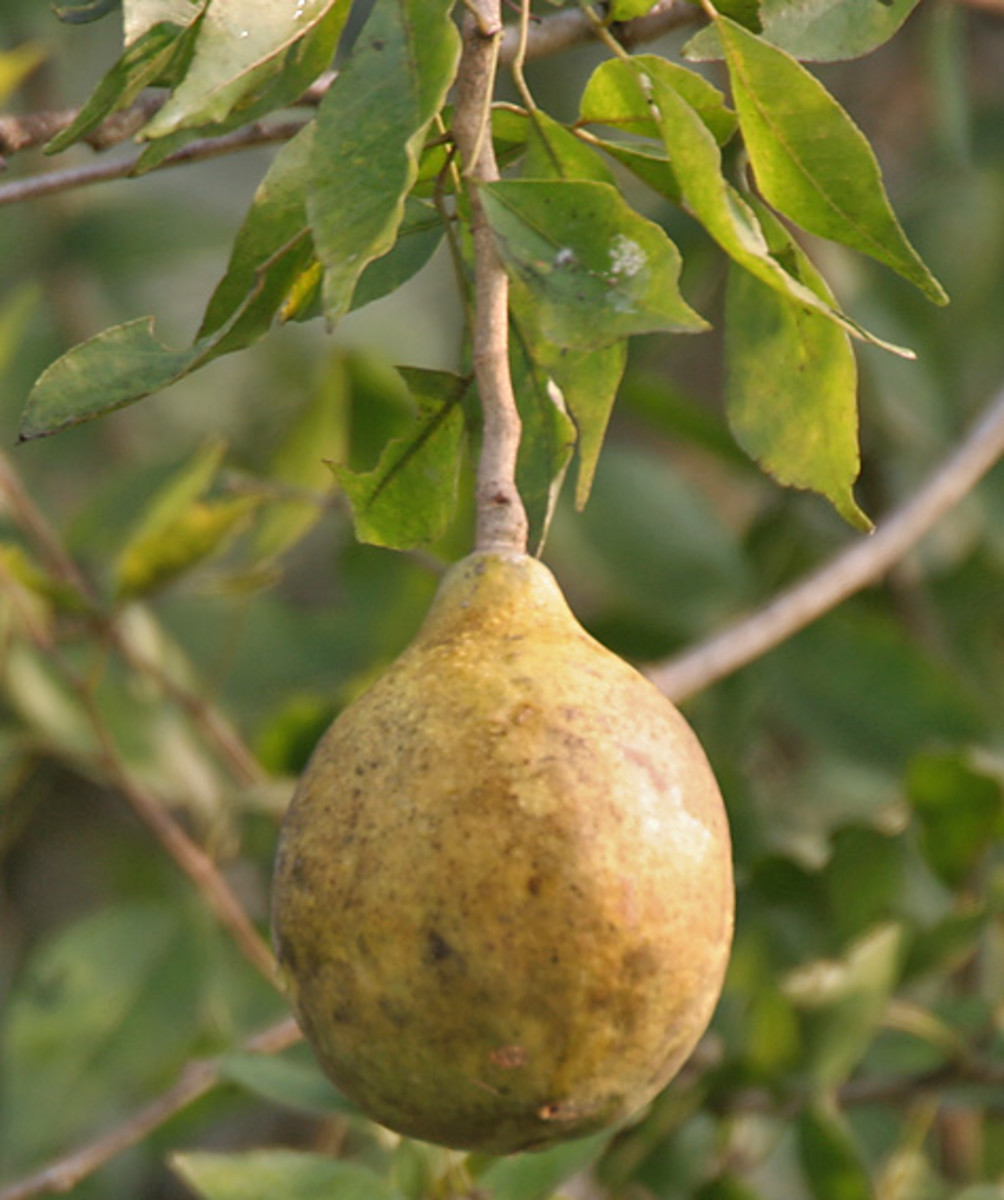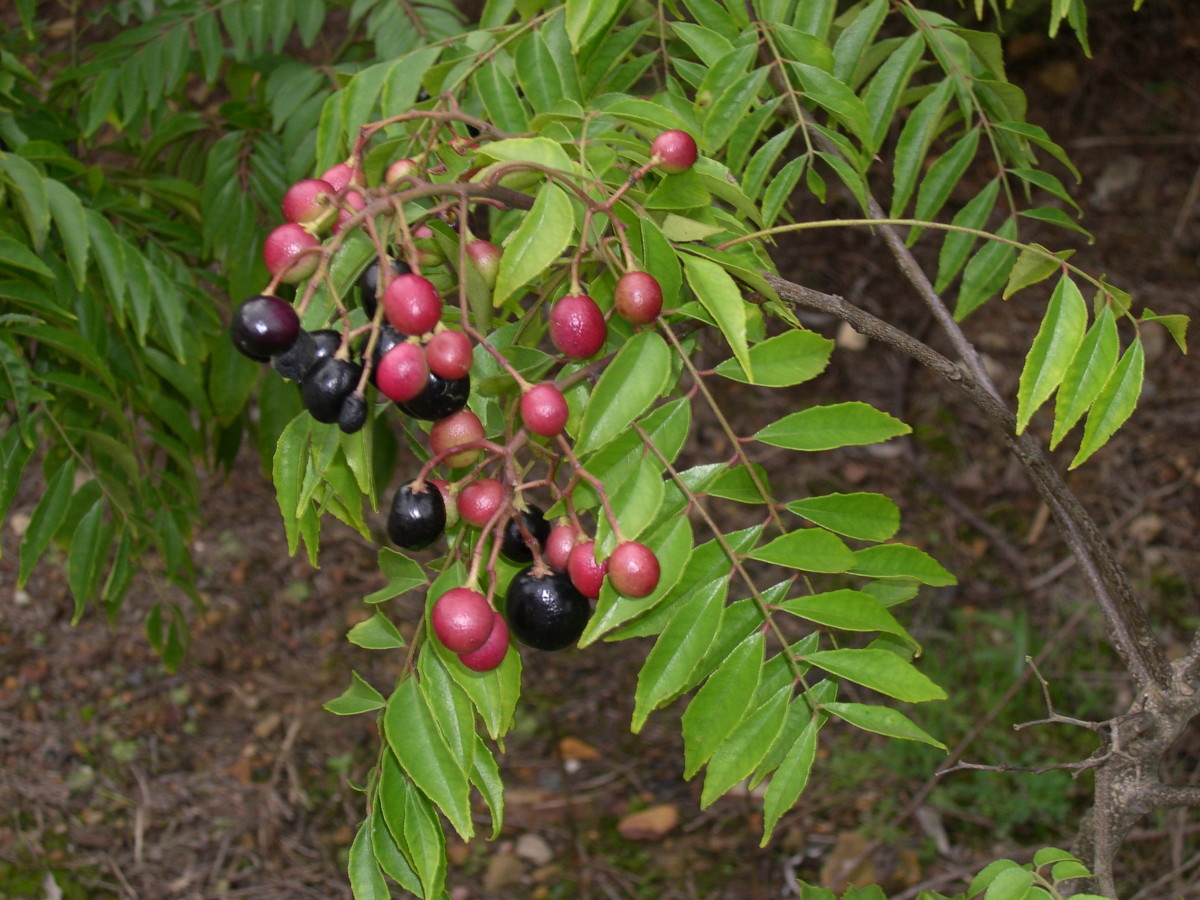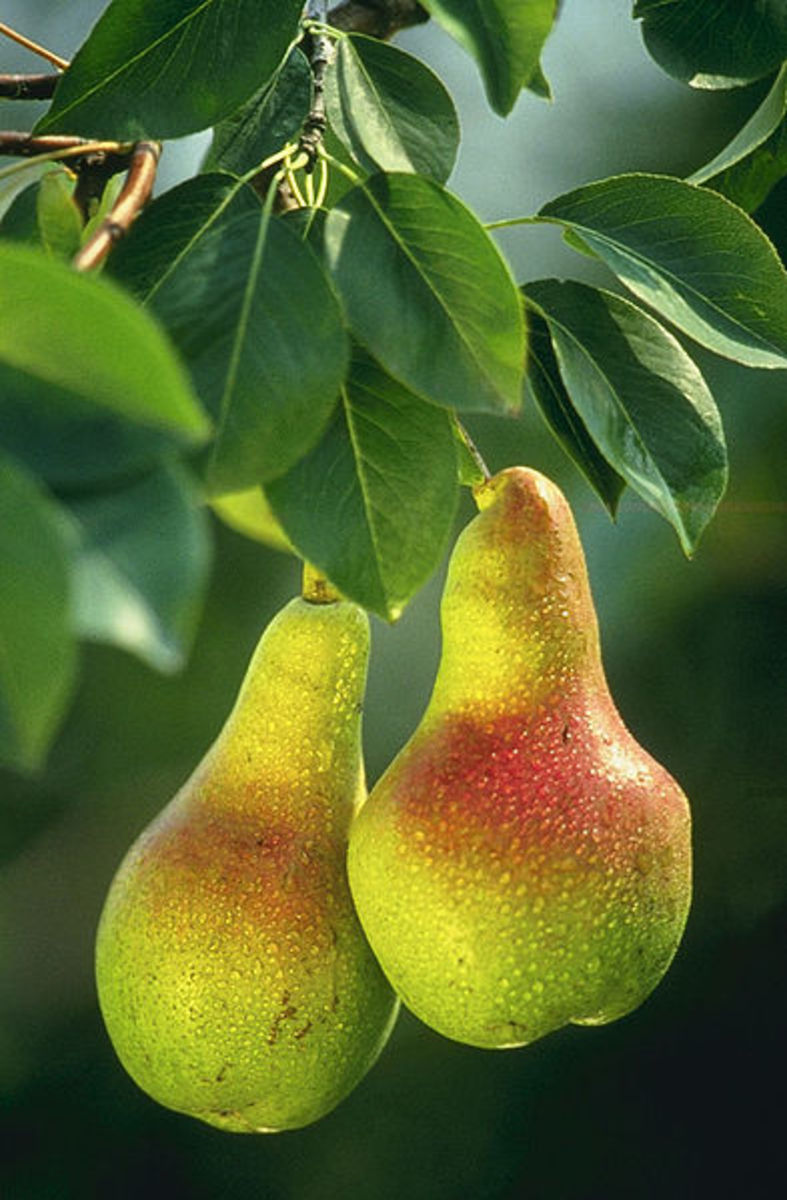The Lychee, Lemon, Pomegranate, Guava, and Star fruits
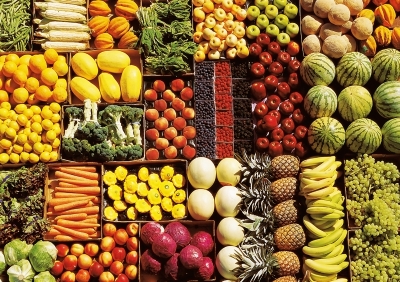
Star fruit, it doesn’t look like a star at first sight
Family of the: Oxalidaceae
Scientific name: Averroah Carambola
Places it grows and native area: The plant is grown all over the world but it is considered to be native to the Indonesian area.
Common name of the fruit and plant: star fruit
Description
The plant grows to be up to 12 meters tall and its bark has a dark red-brown color. It is decorated with small flowers that can differ in color from pink to red to light purple. These small flowers come shaped as bells and have five petals on them. The tree bears an acid fruit that ripens from a green color/texture to a lively yellow color.
The fruit when looked at from the northern and southern endings has the shape of a star, hence the name of the fruit. The fruit has a sweet and acidic taste to it and it has high levels of carbohydrates and vitamin C. The leaves have an ovate shape and measure 5 inches and have a light to deep green color. Its leaves are evergreen and the trunk of the tree is short.
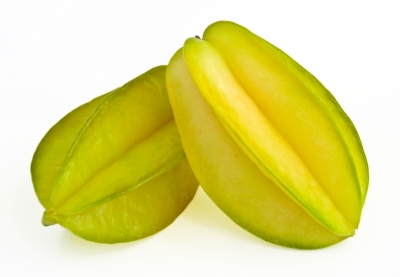
Uses
The carambola or the star fruit is largely used in the cuisine to make juices, desserts and meals. The star fruit as mentioned before has high levels of vitamin C which is great for a healthier immune system. If you want to learn a little more on vitamin C please check our article on it. The carambola also has high levels of antioxidants an excellent source of potassium.
The star fruit is to be avoided by people with kidney problems. In other words if you are suffering of kidney stones going through a dialysis or have troubles with kidney failure it is recommended that you avoid the star fruit.
The guava, a mine of nutritional value
Family of the: Myrtaceae
Common name: Guava, guayabo and guayaba are all common names for the plant/ fruit. The last two mentioned happen to be in Arawak and Spanish language.
Scientific name: it is from the genus Psidium. The most common guava however is the psidium guajava.
Where it grows: All over the world. They can survive temperatures a little under 0 degrees Celsius. However these plants prefer to be in warmer tropical climates. They are native to all of Central America.
Description
It can grow to be up to be 16 to 20 feet in height and it is coated with an array of leaves not specifically arranged. The leaves are coarse and tend to be of ovate shapes and with a dark green color. The color of the leaves may vary depending on the specimen of the guava you are looking at. The guava tree bears white flowers with five petals, decorated with a pack of stamens.
The fruit of the guava is rugged and coarse and somewhat acid when eaten green. When ripe the guava fruit can achieve different colors and textures tied to an equal flavor and smell. The guava seeds are bitter and its pulp sweet. The trees are slender and their wood is extremely flexible.
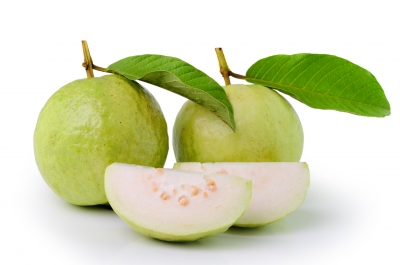
Uses
It is a culinary element that can be used in the creation of juices, snacks, jams and desserts. The guava is a gold mine of nutrition. It has large amounts of vitamins A and C, minerals in great amounts, dietary fiber (that have been used to help people with diarrhea), carbohydrates and folic acid (also responsible for hair growth) and other nutrients essential for the body.
The guava is known to be a great curative for heartburn if you eat the fruit daily until you are well and it has also been found to be able to help people with cancer pains and inflammation.
Guava Jelly Recipe
This recipe is great to put on crackers and bread for a mid afternoon snack. Make sure to have some cheese of your preference to go with it.
Guava Jelly
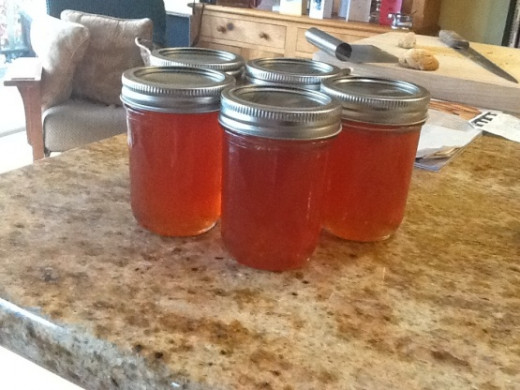
Ingredients
- 500 grams Guava
- 350 grams Sugar
- 1.5 Liter Water
- 6 Sweet cloves
- 1/2 Tea Spoon Salt
- 1/2 Tea Spoon Vanilla
Instructions
- Take one of your old jars wash well and put it to dry to store your jelly after it's done. Wash guavas and cut in pieces.
- Put them to boil with the sweet cloves and the half tea spoon of salt. Make sure the water is 3 times the amount of guavas. Then let them boil until they are cooked. Then blend and strain them and put them back to cook. Add the sugar and vanilla and let it cook at medium heat stirring frequently with a wooden spoon until you get the right texture.
- After it cools down, put it in the jar you cleaned at the beginning. If it was not as sweet as you like or it was sweeter than you would have preferred, make sure to adjust the amount of sugar next time.
Cook Time
Do you Like this Recipe?
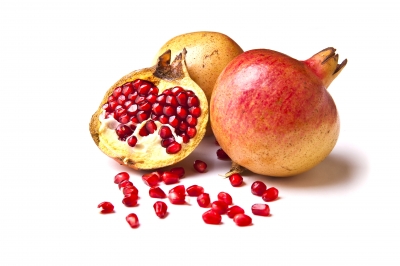
Pomegranate, Best Granate ever
Family of the: Lythraceae
Common name: Pomegranate, called this way because it is characteristic of the fruit to rip open/ blow up when it is ripe.
Scientific name: Punica Granatum
Where it grows: Worldwide, it is native to the countries of Iraq and Iran and it was introduced in Latin America by Spanish colonizers. It also grows in Mediterranean countries and Asian countries.
Description of the pomegranate plant: The tree of the pomegranate grows to be up to 6 or 7 meters in height and its trunk and branches are slender. The leaves are small and oblong and the flowers are red with a yellow center.
The fruit is also red but it can also be yellow or a mix between the two. The fruit contains small seeds coated with a layer of liquid which at the same time is contained beneath a thin transparent sheet. The seeds may be red, pink, and purple.
Pomegranate health benefits
Uses
The fruit has high levels of carbohydrates, phosphorus, antioxidants and magnesium. It can be used to aid people with heart related problems to decrease them. The fruit can be used to make all sorts of exotic dishes and juices. California and Arizona are great producers of pomegranate juice. It has been proven in studies that the use of this fruit during two weeks reduces systolic blood pressure in hypertensive patients.
The lemon, one of your friendliest citruses
Family of the: Rutaceae
Common name: Lemon
Scientific name: Citrus Limon
Where it grows: the plant grows worldwide having hundreds of species spread around the world.
Description
The plant has a rough bark and a somewhat slender trunk. The braches have the same look that the trunk has. The plant has white flowers with a rather yellowish center that free a nice scent. It has smooth ovate leaves which can grow to be up to an inch in length.
The trees can grow to be up to four or six feet in height. The plant bears a round/oblong fruit that goes under the citrus family, green in an early stage and yellow when it has reached the full ripeness. The fruit/the lemon can have rugged surfaces, different tones in taste and all sorts of other tones to it. Lemons are green and turn a bright yellow when ripe. They are praised for their high levels of acidity and the amounts of vitamin C they provide.
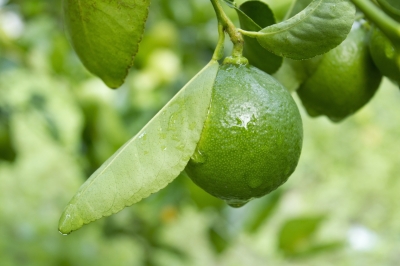
Uses
The lemon has variety of uses. The raw lemon is a great source of vitamin C and acids. The vitamin C is essential to the immune system for it provides the immune system with what is necessary to protect the body. The lemon is used in a variety of dishes and juices. The lemon is also used to Ripe.
16 Health Benefits Of Drinking Warm Lemon Water
doTERRA Lemon

Lychee, no, these don’t suck your blood
Family of the: Sapindaceae
Common name: Lychee
Scientific name: Litchi Chinensis
Where it grows and is native to: The plant is native to southern Asian countries and southeastern Asian countries. This includes China southeastern coast all the way along the Indian southeastern coast and it is also native to the country of Taiwan. Nevertheless this berry is planted all over the globe thanks to its exquisiteness. It is primarily cultivated in China, Japan, India, southern Africa and the states of Florida and Hawaii massively produce this fruit. The tree grows better on dry soils rich in organic matter.
Description
The lychee tree grows to be over 90 feet in height and can be easily recognized by the red berry bunches it bears. These berries have a rough but easy to peel red skin. The red skin is not edible but that is not sad because the fruit’s white fleshy flavor and texture make up for the loss of color.
The leaves of the plant are in between a spear shape and an ovate shape and resemble the leaves of the plants of the laurel genus. The flowers range in color from yellow to white to green. The tree’s bark has tone of charcoal black and a gray ash color on it. The plant is also recognizable by the sweet aroma the fruit and the leaves liberate.
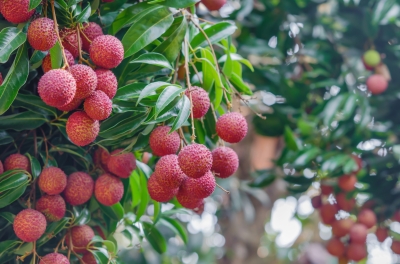
Uses
The lychee tree is normally used as an ornamental plant and as well as to use the fruit. The fruit should be sold fresh so that the flesh of the fruit does not lose its flavor. You can find this tasty fruit all over the world in supermarkets. The lychee has high levels of vitamin C, potassium, magnesium and carbohydrates. It is essential for a healthy immune system.
Article by: Alain Gutiérrez

